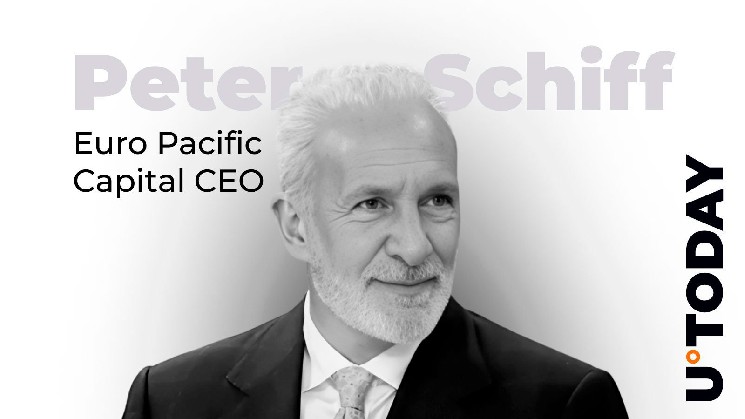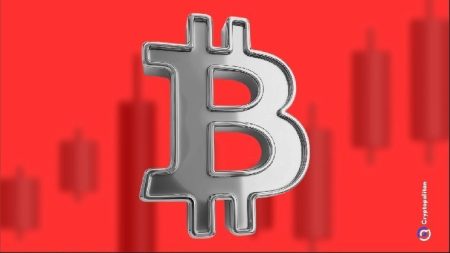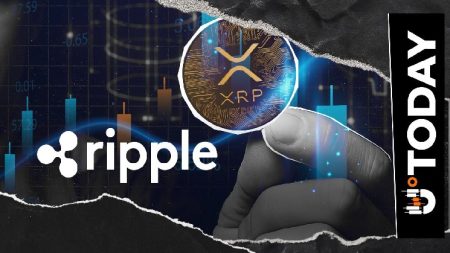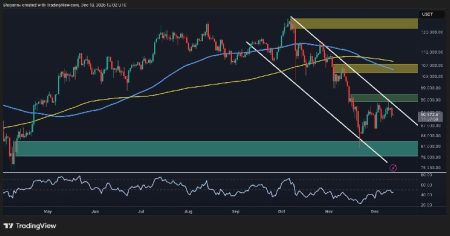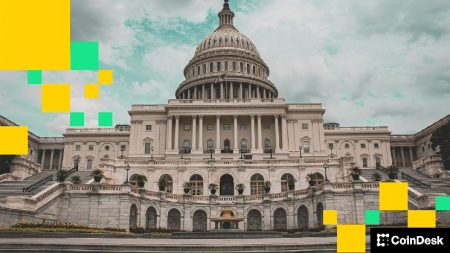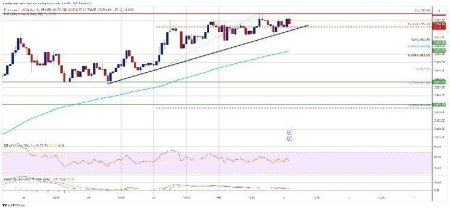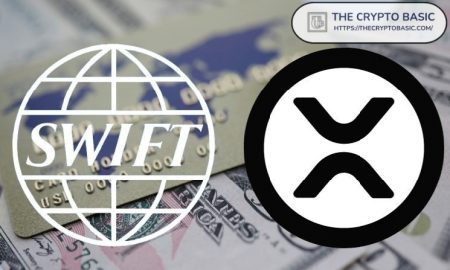Gold’s Resurgence: As Bitcoin Plummets, Precious Metals Spark Global Buying Frenzy
Traditional Safe Havens Shine as Crypto Winter Intensifies
In a dramatic reversal of fortune that has market analysts reassessing long-held assumptions about digital assets, Bitcoin’s recent decline has coincided with an unprecedented surge in precious metals, creating what some experts are calling a paradigm shift in investor sentiment. Gold and silver have sparked buying frenzies across global markets, with queues forming outside dealers in major financial centers, while cryptocurrency values continue their downward trajectory in what appears to be an accelerating bearish trend.
Peter Schiff, the renowned economist and gold advocate who has consistently warned against cryptocurrency investments, appears vindicated as his long-standing predictions materialize in real-time market movements. “The losses that are about to hit the crypto industry will be staggering,” Schiff recently stated in a widely-shared social media post that has resonated throughout financial circles. “Expect a wave of bankruptcies, defaults, and layoffs as the sector is decimated by the imminent Bitcoin and Ether crash, which will obliterate the rest of the altcoin market. There is systemic risk as well.”
This stark warning comes as Bitcoin has already depreciated more than 30% against gold since its August peak, a metric that traditional finance experts consider more revealing than standard dollar valuations. The divergence between digital and physical assets has become increasingly pronounced, with precious metals reaching historic highs while cryptocurrency values experience sustained pressure. Market data suggests this isn’t merely cyclical volatility but potentially represents a fundamental reassessment of relative asset value in uncertain economic conditions.
Beyond Market Correction: Structural Weaknesses Exposed
What distinguishes the current cryptocurrency decline from previous corrections, according to financial analysts monitoring the situation, is its correlation with macroeconomic factors and institutional positioning. “This isn’t just a normal market correction but a sign of deep structural weakness,” explained one market strategist who requested anonymity due to ongoing investments in both sectors. The sustained nature of Bitcoin’s decline relative to precious metals has prompted serious questions about the digital asset’s much-touted status as “digital gold” or inflation hedge.
Schiff, whose economic forecasts have often been dismissed by cryptocurrency enthusiasts during bull markets, has become increasingly vocal as market conditions align with his predictions. His recent criticisms extend beyond price action to question the fundamental adoption narrative that has underpinned much of the cryptocurrency sector’s growth. In a pointed reference to the bestselling book “Bitcoin is for Everyone,” Schiff suggested a more accurate title would be “Bitcoin Isn’t for Anyone” – reflecting his belief that the technology ultimately offers no sustainable utility or value to investors.
The contrast between digital and physical asset performance has become impossible to ignore for market participants. Gold’s meteoric rise has surpassed expectations, with Schiff projecting potential values reaching $6,000 by Christmas – a figure that would represent historic appreciation for the precious metal. Meanwhile, silver has simultaneously experienced substantial gains, creating what precious metal dealers describe as “unprecedented demand” across both retail and institutional channels.
Global Impact: From Trading Desks to Main Street
The implications of this market divergence extend far beyond trading screens and investment portfolios. Reports from major financial centers indicate physical precious metal shortages as demand outstrips available supply. In several Asian markets, traditionally sensitive to gold price movements, dealers have implemented waiting lists and premium pricing structures. Similar scenes have unfolded across European and North American cities, with some retailers reporting the most significant buying pressure since the 2008 financial crisis.
The cryptocurrency industry, meanwhile, faces mounting challenges beyond mere price depreciation. Industry insiders, speaking on condition of anonymity, acknowledge increasing concern about liquidity constraints and counterparty risks across the digital asset ecosystem. Several major cryptocurrency firms have already implemented hiring freezes, while venture capital funding for blockchain startups has contracted significantly in recent quarters. These developments align with Schiff’s prediction of “bankruptcies, defaults, and layoffs” should current market trends accelerate.
Particularly vulnerable in this environment are alternative cryptocurrencies – commonly known as “altcoins” – which typically experience amplified volatility during market downturns. “When Bitcoin sneezes, altcoins catch pneumonia,” explained one cryptocurrency fund manager. “The further you move from established digital assets like Bitcoin and Ethereum, the more pronounced the risk becomes during bearish cycles.” This phenomenon creates cascading liquidations as investors retreat to perceived safety, potentially triggering the systemic risks Schiff has highlighted.
Safe Haven Renaissance: Understanding the Fundamental Shift
The fundamental question emerging from current market conditions concerns whether we are witnessing a temporary rotation or a more profound reassessment of asset classes. Precious metals advocates argue that gold and silver’s resurgence represents a return to first principles of sound money during times of economic uncertainty. With inflation concerns persisting in many major economies and geopolitical tensions elevating risk premiums, traditional safe havens appear increasingly attractive to institutional allocators.
“What we’re seeing isn’t merely cyclical,” explains financial historian and market commentator Rebecca Laurent. “The pendulum swings between innovation and tradition, between digital promises and physical certainty. Current market conditions suggest we’re experiencing a significant recalibration in how investors perceive fundamental value.” This perspective aligns with observable capital flows, as investment funds report increasing allocations to precious metals while reducing exposure to digital assets and other speculative investments.
For cryptocurrency advocates, the current market environment presents existential challenges to core narratives that have sustained the sector through previous downturns. The technology’s promise of serving as “digital gold” or inflation protection appears increasingly tenuous as traditional precious metals fulfill these roles more effectively in current conditions. Similarly, adoption metrics and institutional integration – often cited as evidence of long-term viability – face renewed scrutiny as market sentiment deteriorates.
As financial markets continue navigating this period of significant divergence between traditional and digital assets, investors across the spectrum find themselves reassessing fundamental assumptions about portfolio construction and risk management. Whether Schiff’s most dire predictions materialize remains uncertain, but the current market environment has unquestionably validated aspects of his longstanding skepticism toward cryptocurrency valuations. With gold continuing its upward trajectory and Bitcoin struggling to find support, the contrast between physical and digital assets has never been more pronounced – creating both challenges and opportunities for market participants navigating this evolving landscape.




